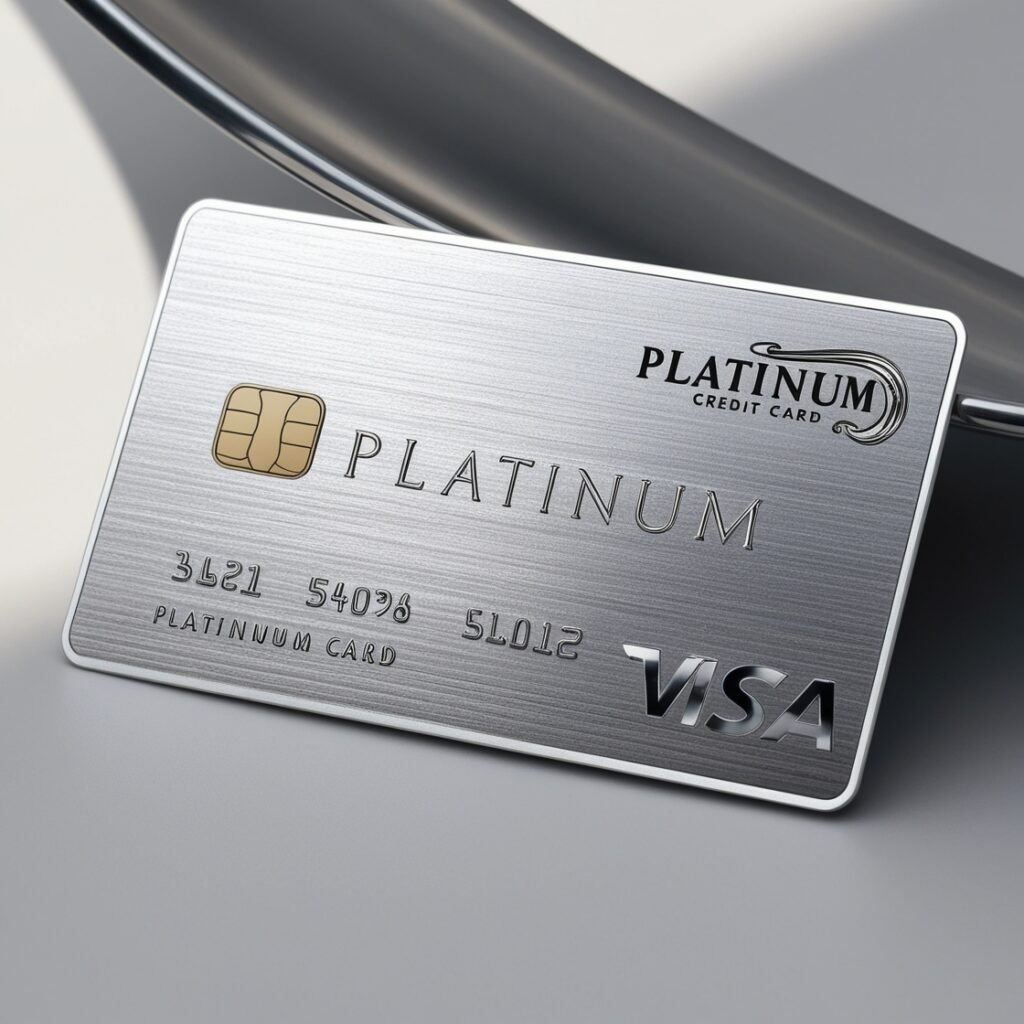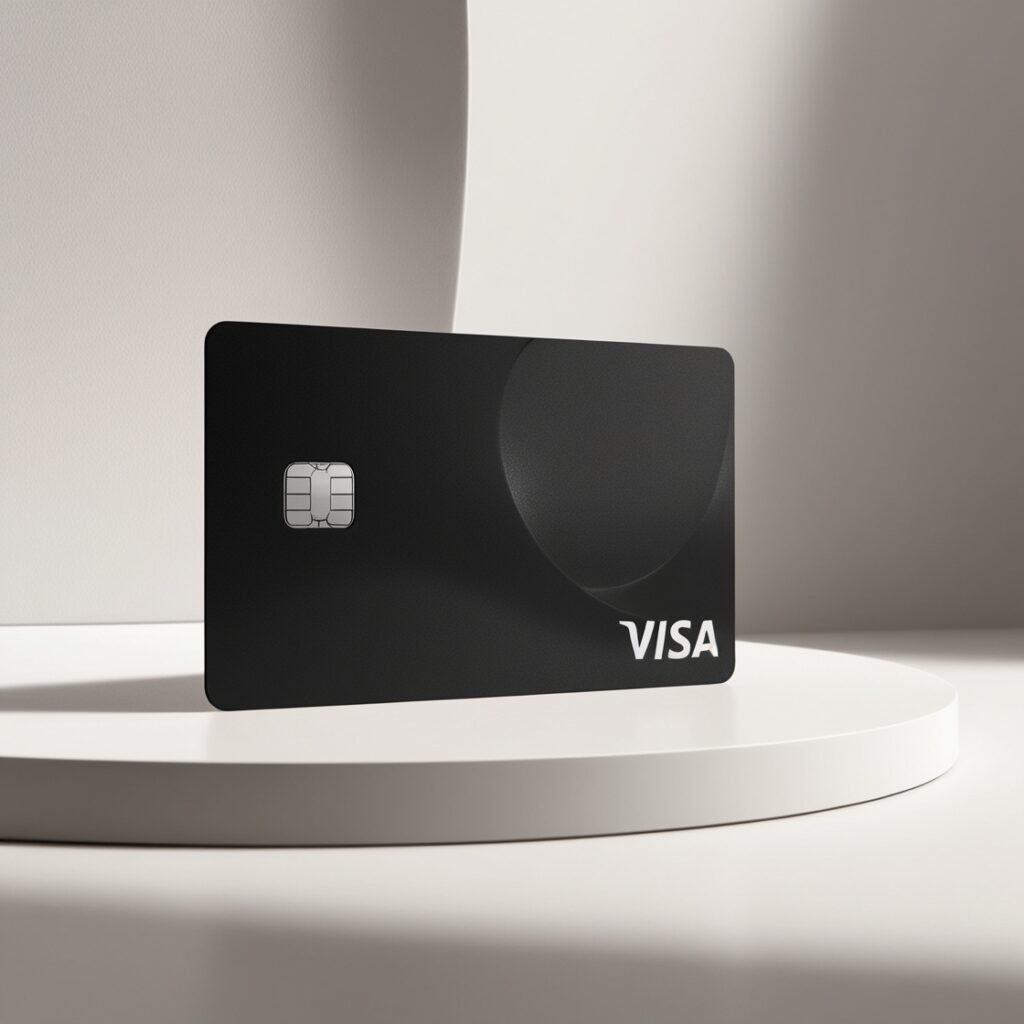Best Ways to Get a Credit Card in the USA in 2024

Hey there, fellow financial enthusiast! If you’re on the journey to establish or boost your credit score, or maybe you just want the ease of using a credit card for your daily expenses, you’re in the right place. Applying for a credit card in the USA can be a bit of a maze, but don’t worry—I’ve got your back. Let’s dive into how to navigate this process seamlessly, whether you’re a first-timer, a new resident, or someone looking to rebuild your credit. Knowing what to look for and which cards suit you best can save you loads of time and money.
I remember when I first applied for a credit card; it felt like stepping into the unknown. There were so many options with different perks and pitfalls, it was overwhelming. But once I understood the basics and what worked for me, it was like finding my footing on solid ground. I want to share that clarity with you today. So, grab a cup of coffee (or tea), and let’s chat about the best strategies for getting a credit card in the USA.
Key Takeaways
- Understanding your credit score is crucial for choosing the right card.
- Secured and student credit cards are great starting points.
- Pre-approval offers can improve your chances without affecting your score.
Why Is It Important to Choose the Right Credit Card?
Picking the right credit card is like choosing the right pair of shoes—it needs to fit perfectly with your lifestyle. A well-chosen credit card can help you build or repair your credit, earn rewards, and even offer useful benefits like travel insurance or cashback rewards. However, pick the wrong one, and you might encounter high-interest rates or hidden fees that could hurt more than help. This guide aims to assist you in navigating these choices so you can find a card that complements your financial journey.
Best Ways to Get a Credit Card in the USA
Evaluate Your Credit Score
Your credit score is like a report card for adults—it’s essential to know where you stand before applying for a credit card. A good or excellent score (above 670) opens up a world of competitive cards with enticing rates and rewards. If your score needs some TLC, consider starting with a secured credit card as it’s an effective way to build or repair credit. Knowing your score allows you to target cards that fit your profile.
Quick Tip:
You can check your credit score without charge using services like Credit Karma or AnnualCreditReport.com.
Start With a Secured Credit Card
For those kicking off their credit journey or aiming to mend their score, secured credit cards are gold. These require a security deposit that typically matches your credit limit, providing an avenue to prove your reliability as issuers report your activity to bureaus. In time, responsible usage can help transition you to unsecured cards with better perks and limits.
Recommended Secured Cards:
- Discover it® Secured Credit Card
- Capital One Platinum Secured Credit Card
Apply for a Student Credit Card
If college life is where you’re at, then student credit cards are designed just for you. They’re perfect for dipping your toes into building credit with manageable terms tailored for students who have limited or no history at all. These cards often feature lower fees and special student-centric rewards such as cashback on textbooks and dining—a smart choice if you’re charting out on this financial journey.
Best Student Cards:
- Chase Freedom® Student Credit Card
- Discover it® Student Cash Back
Look for Pre-Approval Offers
If you’re keen on improving approval odds without dinging your score, pre-approval offers are where it’s at. Many issuers provide these offers based on soft inquiries—meaning no impact on your score—and signal that you’re likely to be approved upon formal application. You can explore these on issuer websites or via online credit monitoring services.
How to Find Pre-Approval Offers:
- Visit Capital One or American Express websites and try their pre-approval tools.
- Inquire at your bank or credit union about pre-qualified offers.
Use Credit Card Comparison Tools
The internet is bursting with comparison tools that make finding the ideal card much easier based on factors like spending habits and financial needs. These platforms allow filtering by interest rates, rewards programs, and annual fees so you can make informed decisions about which card aligns with your goals—saving both time and potential headaches down the road.
Recommended Comparison Sites:
- NerdWallet
- The Points Guy
- CreditCards.com
Consider Credit Cards for New Immigrants
If you’re new to the States, getting approved without US credit history might seem daunting but don’t fret—some banks offer cards specifically crafted for new immigrants. With lenient criteria aimed at establishing history here, some issuers may even consider international histories or allow cosigners with stronger profiles.
Best Options for New Immigrants:
- Deserve® EDU Mastercard
- American Express Global Transfer Program
Leverage Credit Union Memberships
If traditional banks aren’t biting, think about joining a credit union instead—they often have more favorable terms and work well with folks having low scores or limited history. Many offer low-interest cards sans annual fees that serve as excellent tools for building or maintaining good standing while enjoying added benefits.
Top Credit Unions:
- Navy Federal Credit Union
- Alliant Credit Union
What to Consider Before Applying for a Credit Card
Annual Fees and Interest Rates
Diving into fees: not all cards are made equal here! Some carry annual fees ranging from $95 up past $500—often seen in premium options doling out extensive rewards like travel perks—so it’s crucial weighing if benefits justify costs incurred annually alongside attention towards interest rates (APR). High ones stack up fast if balances linger month-to-month; aim low wherever possible!
Rewards Programs
A deep dive into rewards could reveal treasures: various programs align differently depending on spending habits—cashback versus travel points versus store-specific incentives abound! Some deliver higher percentages back within categories such as groceries/dining/gas expenditures while travel-centric offerings include miles/hotel stays/lounge access—a savvy selection maximizes returns based precisely upon individual lifestyle needs/usage patterns accordingly!




